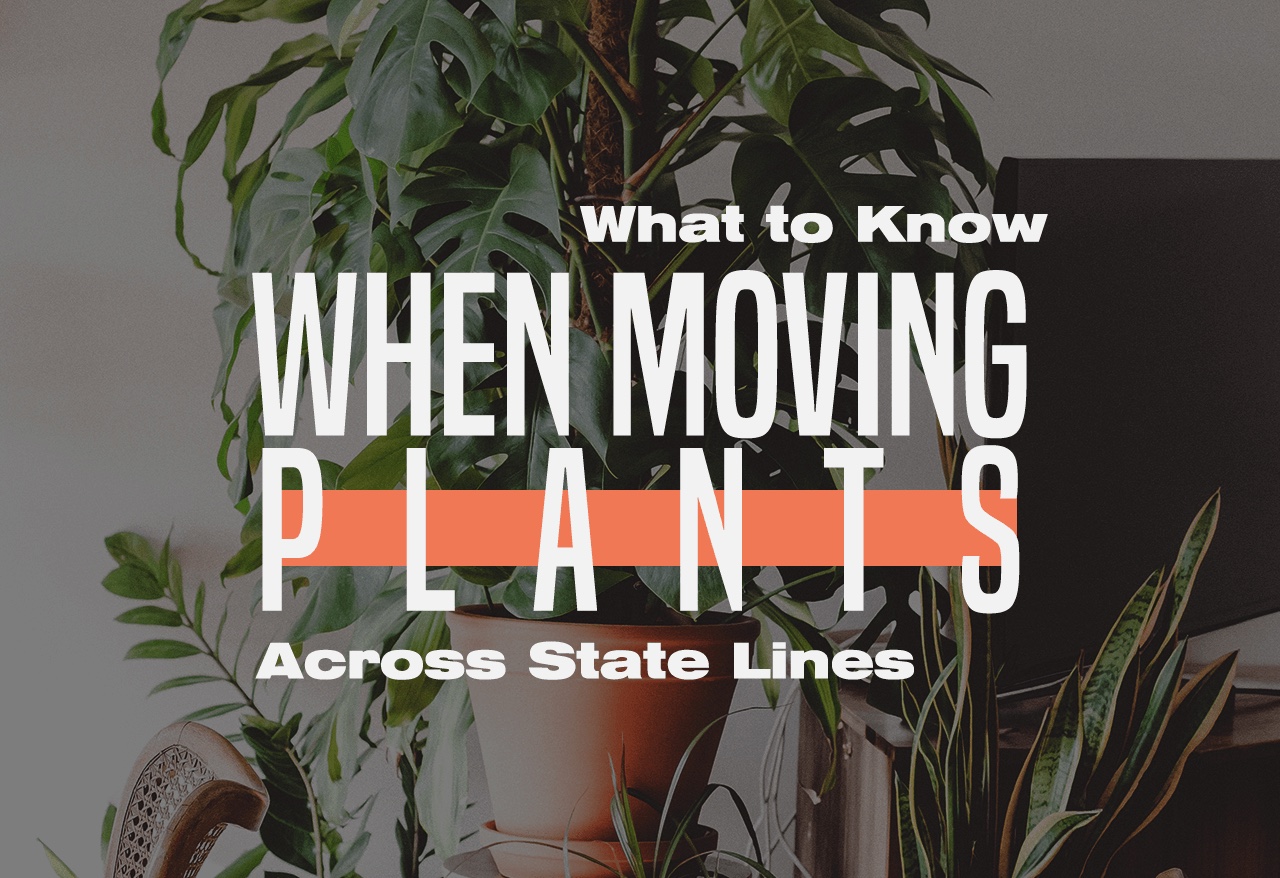Moving is an exciting opportunity to explore new places and meet new people, but you may need to leave your plants behind if you cross state lines. The laws that regulate transporting houseplants are in place to protect native species from pests and disease. Learning the current regulations in your destination state is the simplest way to decide whether you can bring your plants when you move.
Check State Regulations
You can find the regulations for your new state online by visiting the National Plant Board, or you can contact the Department of Agriculture for information about transporting plants across state lines. Regulations common to most states include the following:
- Citrus trees shouldn’t be transported to a new location, even if you are moving to a new home within the same city. You should also avoid taking citrus fruits, seeds, and cuttings.
- Your plants may be quarantined to prevent the spread of invasive fire ants or harmful nematodes.
- Inspections may be required when moving houseplants to a new state. Local organizations like the Department of Agriculture typically perform these checks.
- Nearly all states prohibit transporting invasive species and noxious weeds. For instance, Ohio regulations prohibit carrying some types of honeysuckle into the state to preserve resources for native species.
- Houseplants must be potted in commercially prepared or sterilized potting soil to protect local species from pests and disease.
Check the most current guidelines before you move to determine which plants are suitable for transport and which must remain behind. Typically, new residents can bring a variety of garden cuttings and houseplants that aren’t on the state’s prohibited list.
Prepare Plants Early
You should begin preparing plants for long distance moves well before moving day. Start by transplanting larger plants to plastic pots about three weeks before moving day. Plastic containers are a lightweight option that won’t break along the route.
If you need to conserve space, consider taking cuttings rather than the whole plant. Dip cuttings in rooting compound before planting them in a commercially prepared potting soil, and water the cuttings daily until the roots are well-established. Begin rooting your cuttings as early as possible to ensure they are established and healthy before the move.
Care Tips for Long Trips
Most plants can survive without for a few days without care, but you may need to provide water if you’re moving cross country. Put your plants in an accessible location in your car to make watering and care easier and provide water if the soil is dry.
Keep in mind that moving companies will not transport living plants, so it’s up to you to move them. If possible, keep plants in the front of the vehicle to provide sunlight and air flow during the trip. With a little preparation and some basic care, your cuttings and cherished houseplants can thrive in your new home state.
If you’re looking for the best movers to assist with your local or long distance relocation, call Apple Moving. We’re top-ranked among Austin TX moving companies and have locations across the US. Call us today for a free moving quote!
Do you need help with packing, unpacking, storage, or your entire move?
Request a free rapid quote for any moving services you may need. Get started today!


